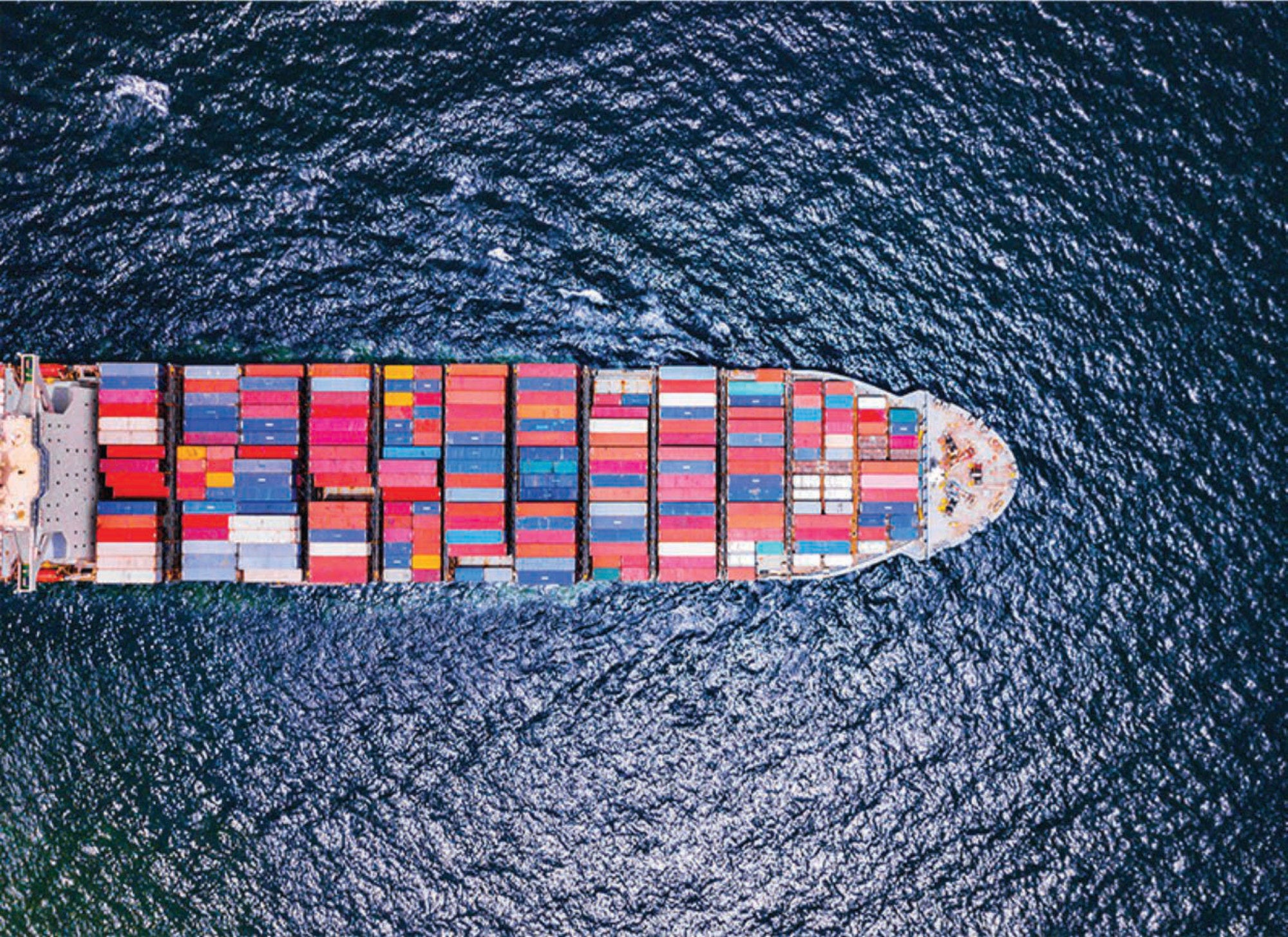Over time, containers have brought numerous benefits to businesses, providing them with efficient and affordable ways of trading of all kinds of goods globally. Importantly, the great flexibility and multimodality of containers have further enhanced trade, providing flexible solutions at relatively low-cost. Today, despite the COVID-19 crisis, containerised maritime trade continues to thrive as the key enabler of globalization.
Trade facilitation initiatives taken by international organisations such as the WCO and the WTO have provided additional impetus to the trade expansion, to the advantage of businesses of all sizes. The recent expansion of free trade zones as intermediate points of trade and centres of economic activity has also been crucial, offering suitable solutions to handle goods in transit.
On the other hand, trade facilitation made it easier in many ways for organised crime and other criminal actors to pursue lucrative illicit activities, including the movement of prohibited goods across borders. Misuse of containerized maritime transport for illicit trade in tobacco, wildlife and counterfeit products have flourished. In fact, counterfeits trafficked by container ships clearly dominate in terms of value.
The attractiveness of containerized maritime transport for counterfeiters has increased over time, benefitting from the advances in interoperability of containers, the anonymity of containers, the growing complexity of trade routes, alliances and vessel sharing agreements, and the fragmented governance structure of maritime transport that facilitates diffusion of responsibility of the private sector for illicit maritime trade. Even though the losses on confiscated cargoes could be large, the risk of detection may be low in ocean freight given the rapid growth in volume of freight and the progressively growing complexity of routes.
The quantitative analysis in this report provides evidence of the scale and magnitude of misuse of containerized maritime transport. This analysis is based primarily on data on customs seizures of counterfeit goods obtained from the World Customs Organization, European Commission’s Directorate-General for Taxation and Customs Union and from the US Customs and Border Protection (CBP).
The analysis shows that, fakes shipped in containers clearly dominate in terms of value of seized goods and the number of items. Only in terms of number of seizures, small parcels are on top. Between 2014 and 2016, an average of almost 56% of the value of customs seizures of IP-infringing goods worldwide concerned sea shipments.
The highest number of counterfeits shipped with containers originated in East Asia, with China and Hong Kong (China) at the top of the ranking, followed by India, Malaysia, Mexico, Singapore, Thailand, Turkey and the United Arab Emirates. Hong-Kong (China); Singapore and The United Arab Emirates are important transit points in illicit containerized trade in counterfeits.
Regarding the industry-specific patterns, container ships tend to be universally misused by counterfeiters in virtually all the sectors analysed. In product categories where counterfeiting is a particularly big problem, containers are more intensely used. This is the case for perfumes and cosmetics, foodstuff, footwear and toys and games, where more than 70% of seizures of counterfeits concerned sea shipments.
Illicit trade in counterfeits that misuses maritime transport is a universal and general problem, which should be a concern to all shipping lines that use containers. Put differently, counterfeiters have used all container lines, as they become an attractive way of smuggling counterfeit goods that offer high rewards and low risks. These challenges posed by the large volumes of fakes in containers have been significant for customs authorities responsible for handling containers as they cross borders, and much attention has been paid internationally, at the WCO and elsewhere. The information that has been traditionally available, for example through ship manifests, and the supporting role of customs brokers are often absent in small volume trade. The information has generally been provided in paper form; it has thus not been available electronically and, it is susceptible to forging.
In addition, customs resources are limited, and their responsibilities cover many areas, counterfeits being just one of them. This has created a dilemma for customs, as they have had to balance the need for expedited processing of imports, with the need for properly assessing duties and monitoring imports with a view towards countering counterfeit and other illicit trade. A close review of imports would necessarily cause delays that would not be acceptable, and, given the difficulty in identifying counterfeit items, it would not be cost-effective. The volume of container trade further complicates the situation, given that on a single ship there can be many thousands of containers.
